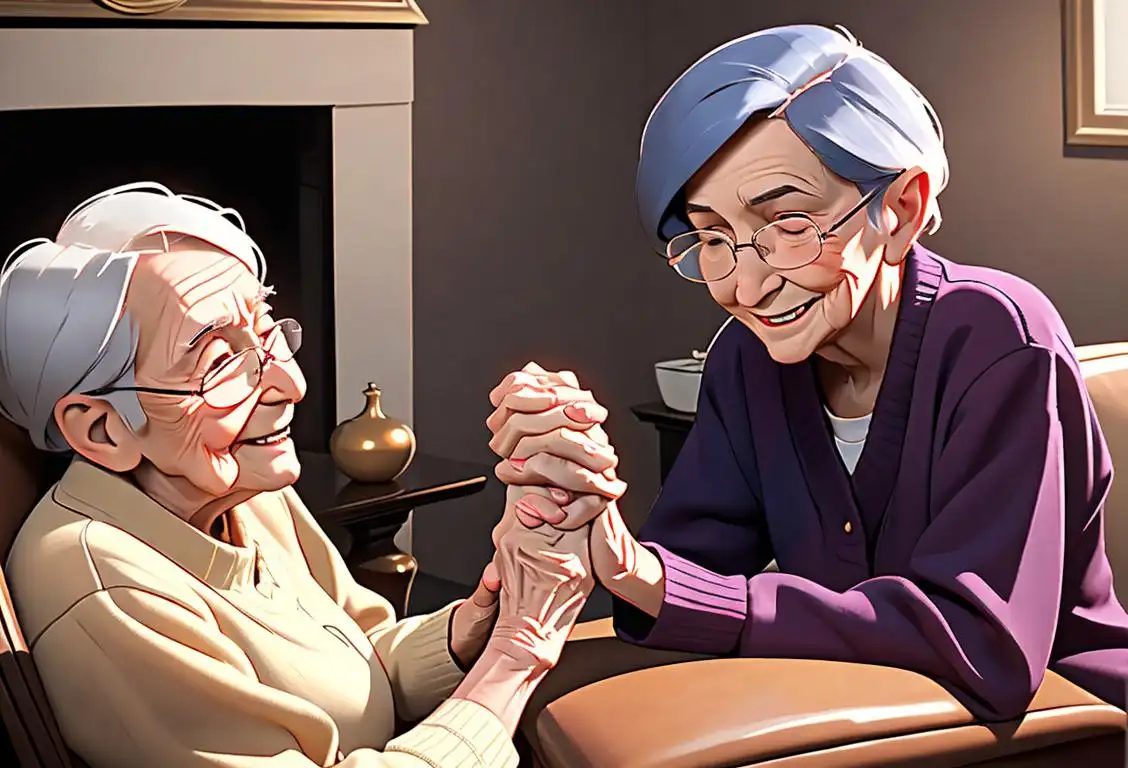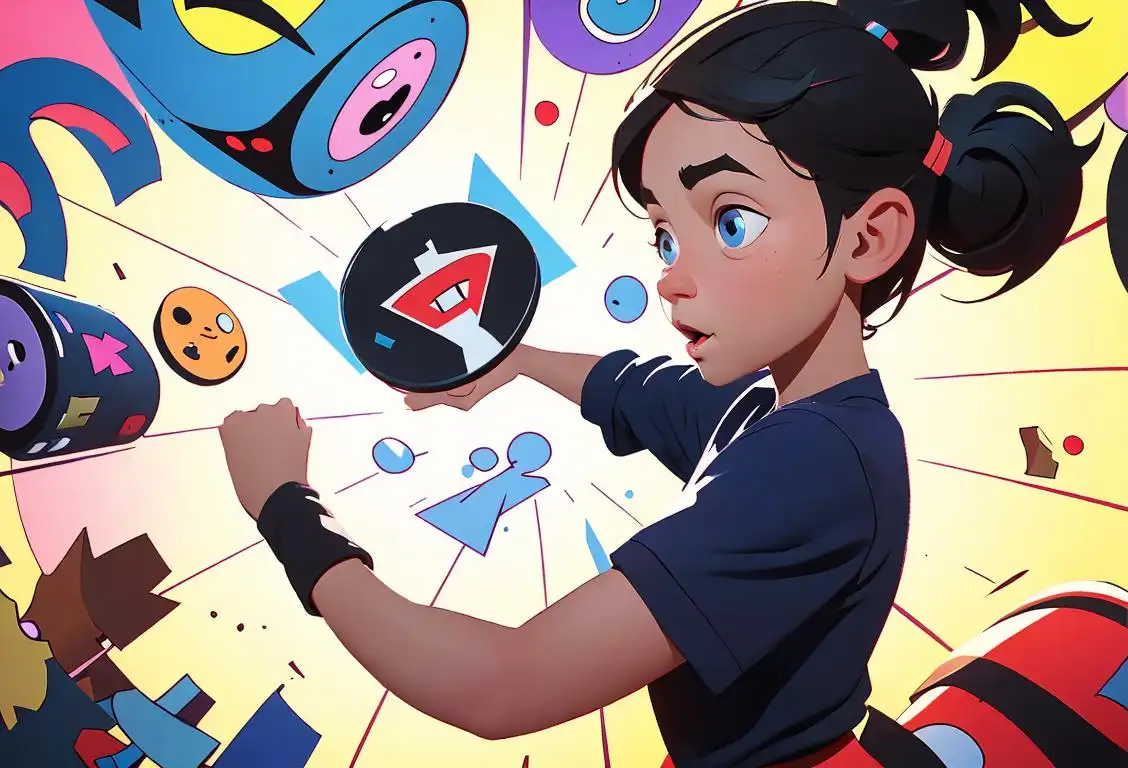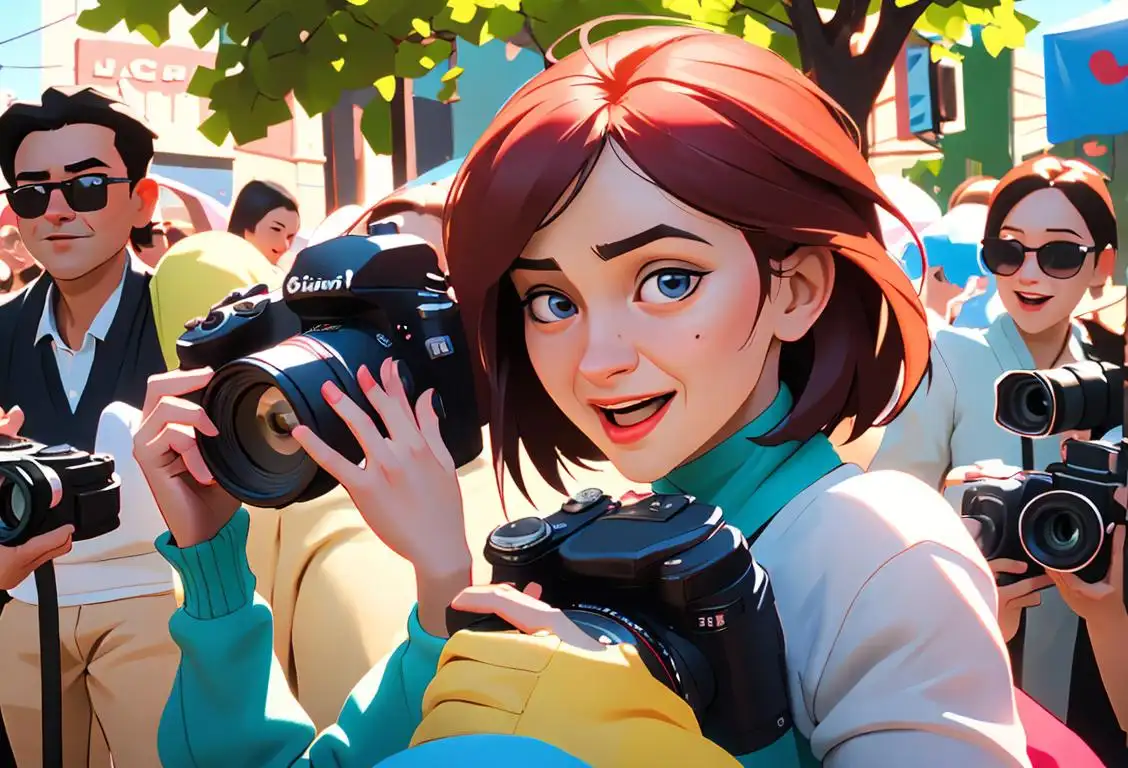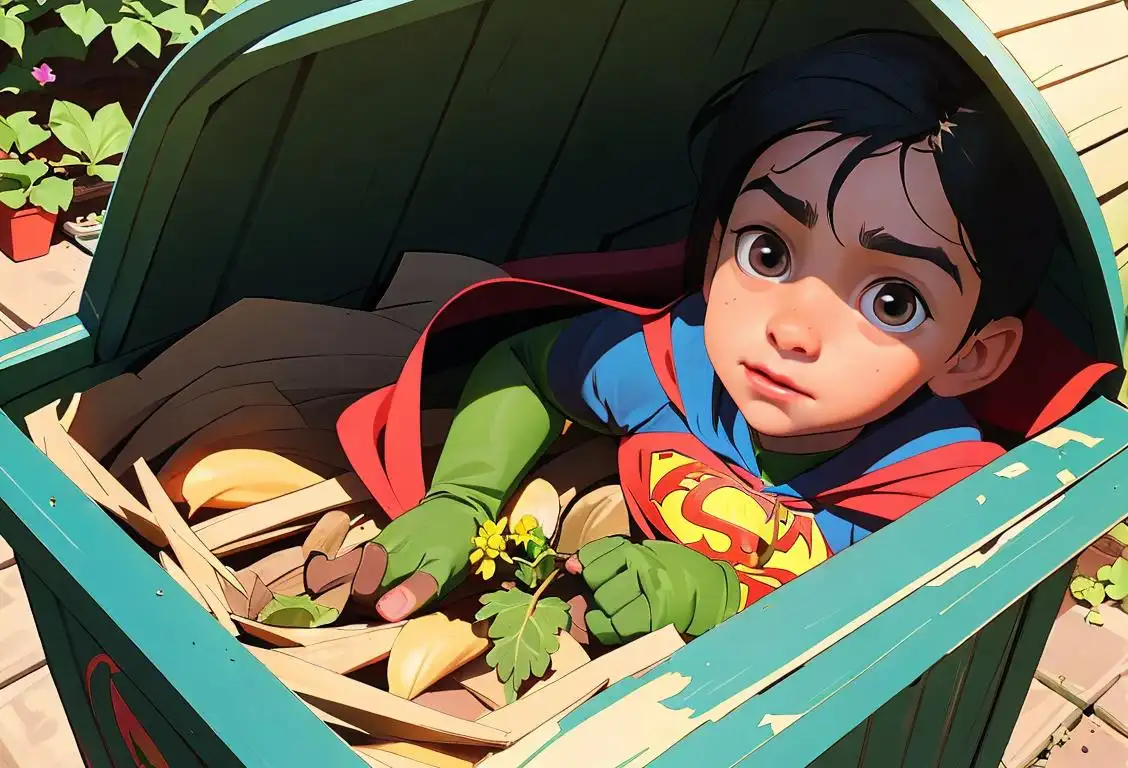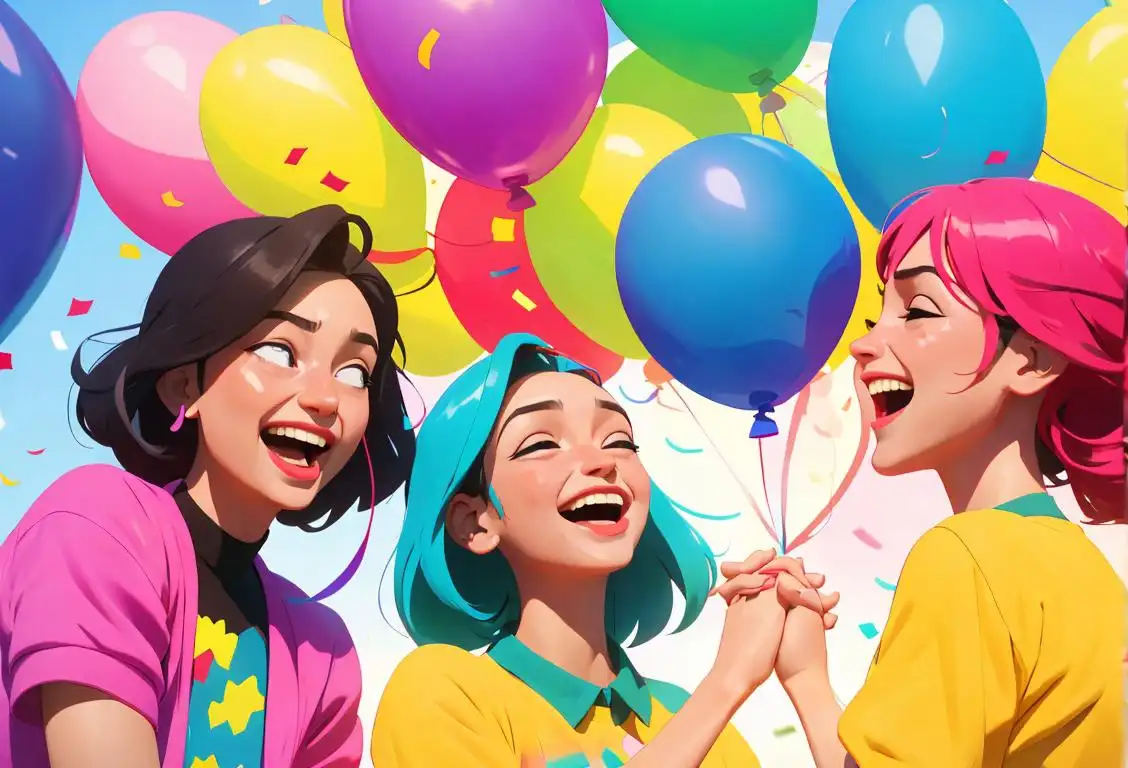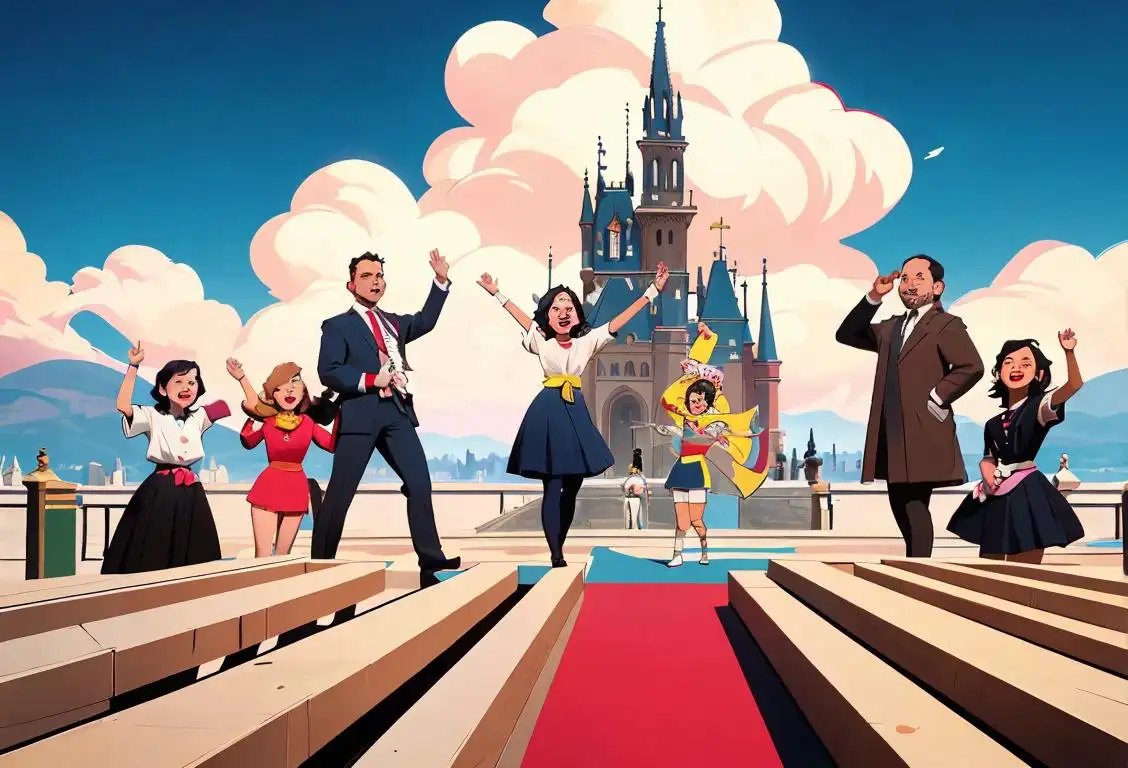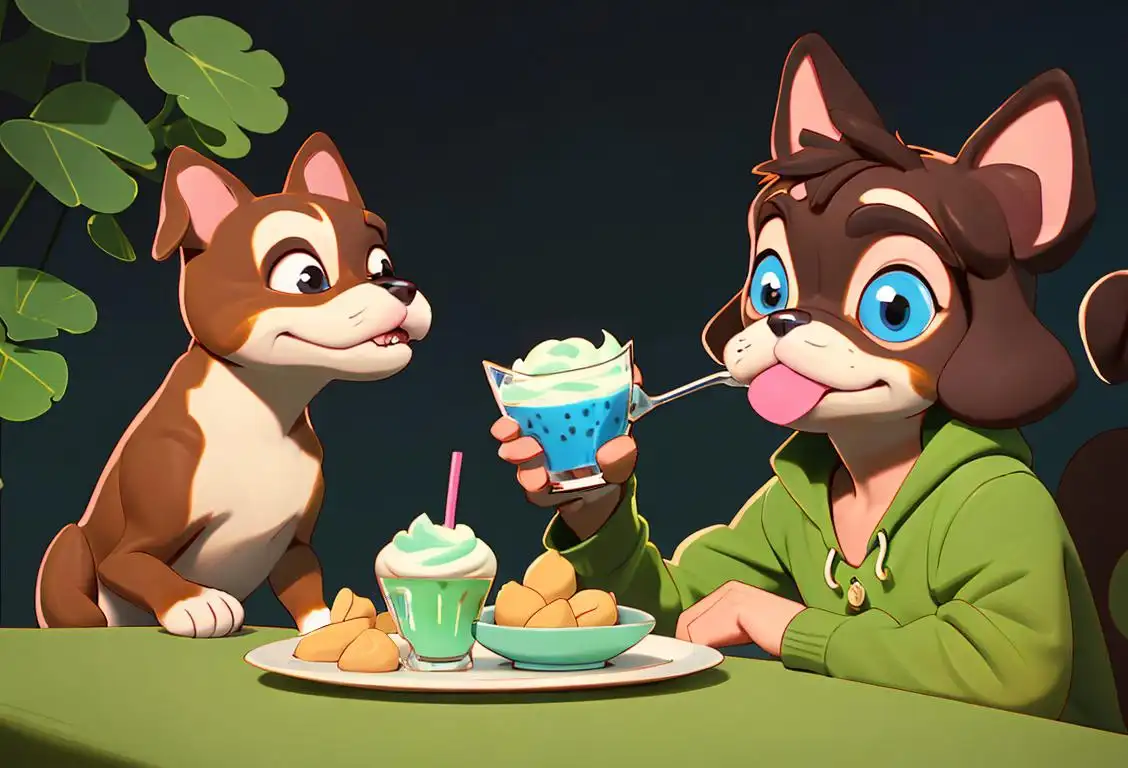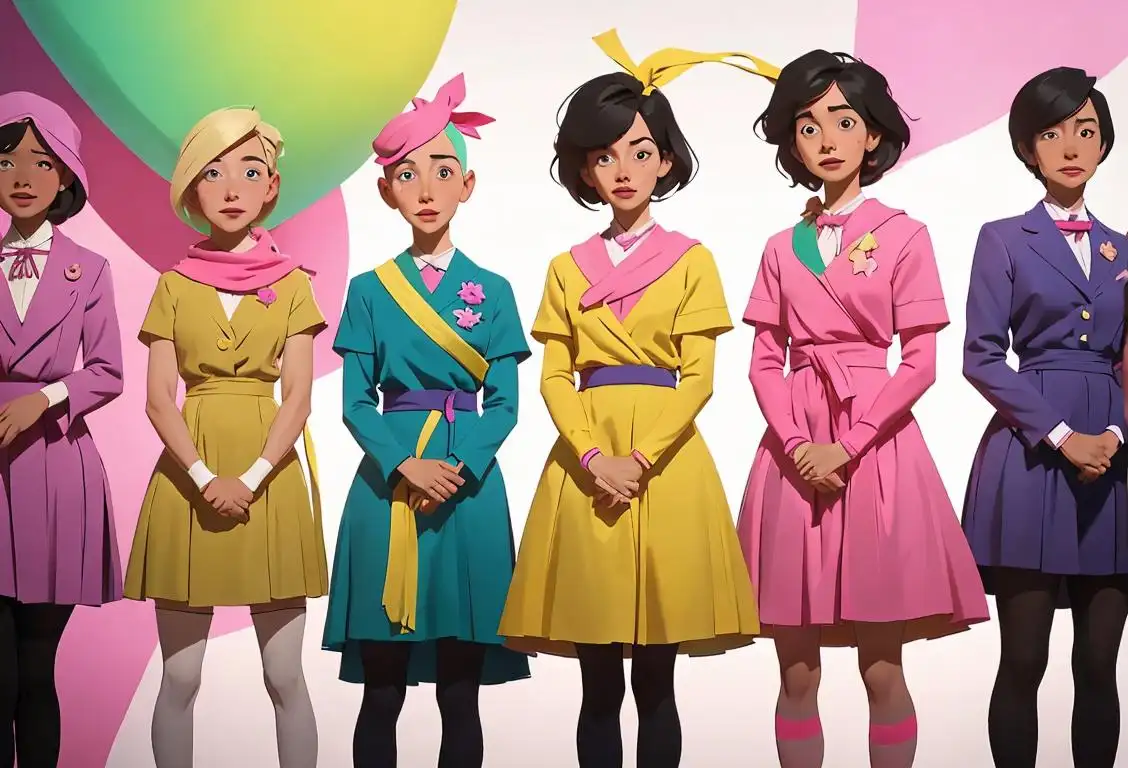National Color Day
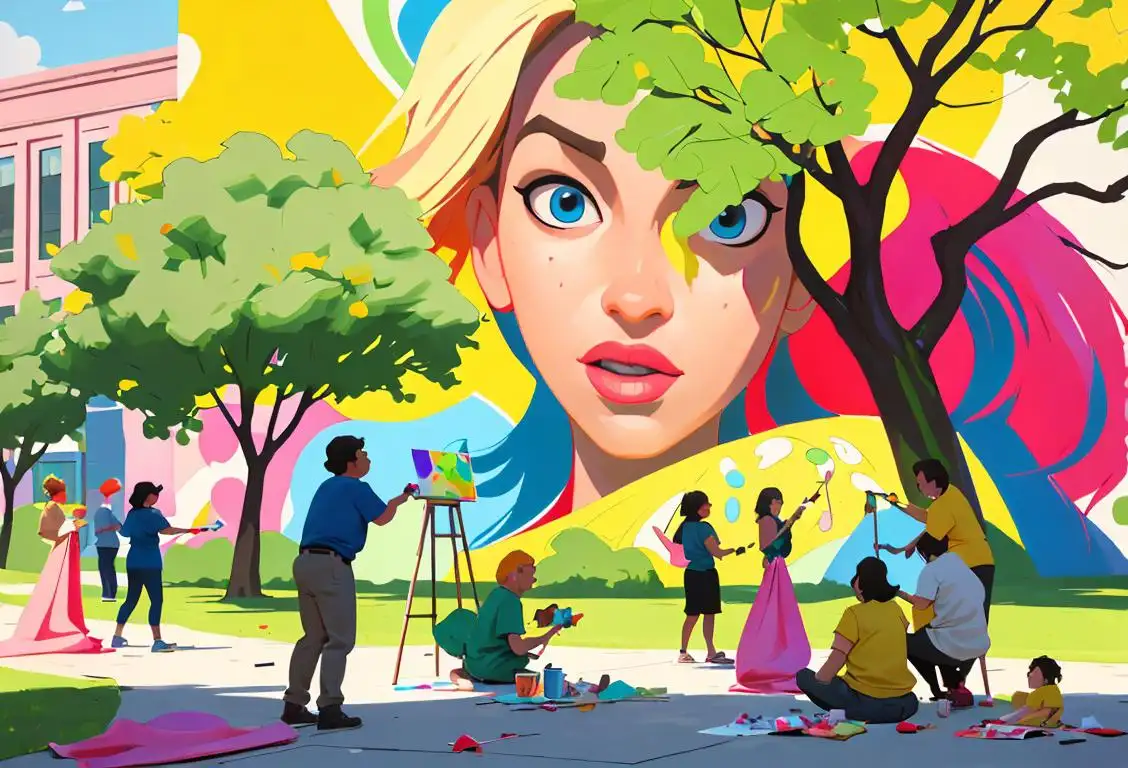
Grab your color wheel and kaleidoscope, because we're diving into the vibrant history of National Color Day! This is the day to express your hidden Picasso, your muted Monet, or perhaps your bold Bob Ross. It's no wonder we spotted a whopping 2110 mentions about this colorful day on the web!
When is Color Day?
It's national color day on the 22nd October.
Unpainting the Past of National Color Day
Believe it or not, there isn't a clear cut paint stroke on the origin of National Color Day. Yet, we saw a surge of internet mentions on 22nd October 2015, highlighting this day as the peak of its popularity. It's like a splash of paint on a canvas, suddenly taking the internet by storm and captivating the audience with its unexpected but delightful color scheme.
In Amazing Technicolor
Every October 22nd since then, people across the globe have come together to appreciate and celebrate the immense joy and variety that colors bring to our everyday lives. From the yellow of morning sunshine, the green of the whispering grass, to the gray of towering skyscrapers - every hue and shade has a tale to tell.
The Colorful Spectrum of Activities
Activities on this day range from wearing your favorite color, painting a masterpiece, or even just arranging your bookshelf in a rainbow order! Also, remember to post your colorful experiences on social media and take a moment to admire the palette of posts that other people share.
Adding Color to Others' Lives
Did you know that colors also symbolize various causes and charities? Next time, you may consider showing your support by wearing a specific color. Whether it's pink for breast cancer awareness or blue for autism awareness, your small act can bring color to someone else's life.
History behind the term 'Color'
12th Century
The Introduction of the Word 'Color'
The term 'color' has its origins in the Latin word 'color', which means 'shade' or 'complexion'. It was first introduced in the English language in the 12th century, borrowed from the French word 'colur'. As a noun, 'color' referred to the appearance of objects resulting from the qualities of light reflected or transmitted by them.
17th Century
The Development of Color Theory
In the 17th century, the science of color began to emerge. Sir Isaac Newton's experiments with prisms led to the discovery that white light could be separated into its component colors. This discovery laid the foundation for the development of color theory, which aimed to understand how colors interact, combine, and create different visual effects. The study of color became significant not only in scientific circles but also in the fields of art and design.
19th Century
Color Printing Revolution
The 19th century saw a significant advancement in color technology, particularly in the realm of printing. The development of chromolithography, a method of color printing using multiple lithographic stones, revolutionized the printing industry. This technique allowed for the mass production of colorful images, posters, and advertisements, making them more accessible to a wider audience. Colorful illustrations became an integral part of popular culture, spreading visual richness across various mediums.
20th Century
Color Television Arrives
The advent of color television in the mid-20th century brought a new dimension to the way people experienced visual media. While black and white television had already captured the world's attention, the introduction of color broadcasting expanded the possibilities for storytelling, entertainment, and advertising. Color television made significant cultural impacts, influencing fashion trends, home décor choices, and even the way people consumed news and entertainment.
21st Century
Digital Age and Color in Digital Media
With the dawn of the 21st century, the impact of color in digital media became more pronounced. The proliferation of high-resolution displays and digital editing tools opened up new realms of creative expression. The use of vibrant colors and complex color schemes became prominent in web design, branding, and social media. Color psychology gained attention as marketers, designers, and psychologists studied the emotional and cultural associations that colors evoke in individuals. Color has become an integral part of digital aesthetics and visual communication in the modern era.
Did you know?
In business, colors are used strategically as each hue has an associated psychological effect. For instance, fast-food chains often use red as it's said to encourage appetite and impulsiveness.Tagged
awareness food fun loved ones rememberance sportsFirst identified
22nd October 2015Most mentioned on
22nd October 2015Total mentions
2110Other days
Caregivers Day
Believe Day
Photography Day
Family Day
Action Day
One Day
Happiness Day
Trivia Day
Opposite Day
Cancer Awareness Day
